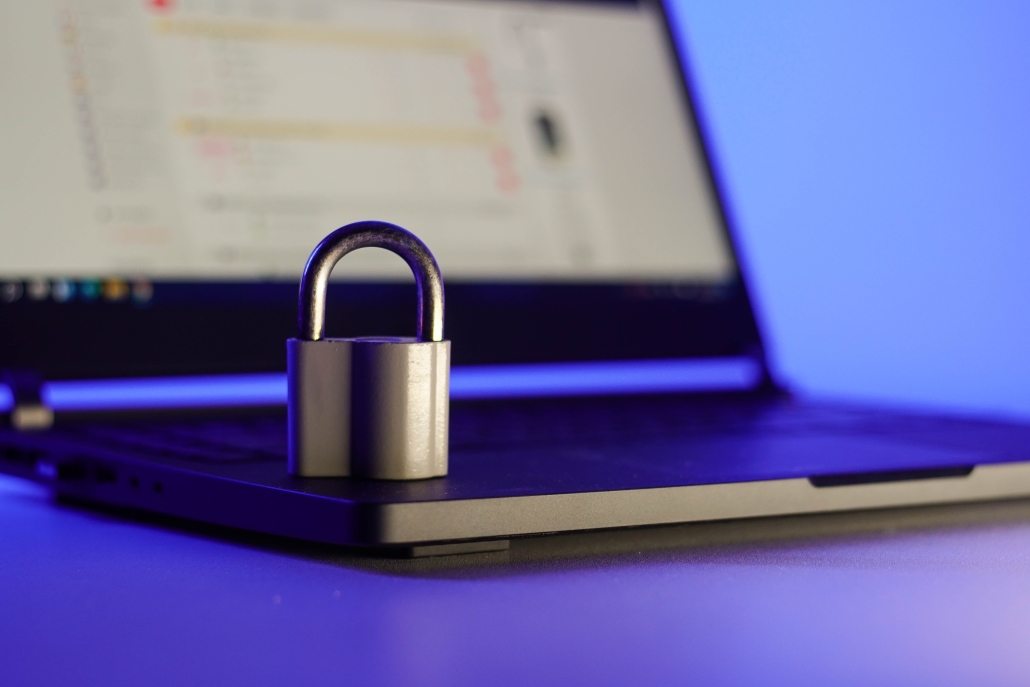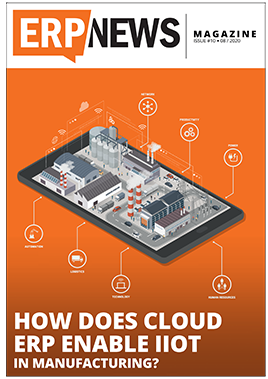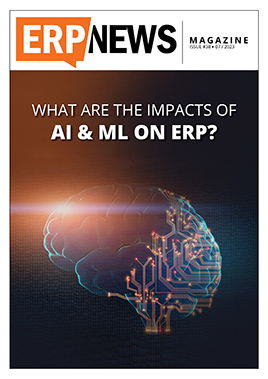If you’re in IT — or even if you’re not — you know that security breaches and cyberattacks are on the rise. Global cybercrime costs totaled $3.5 trillion in 2015. By 2025, they’re expected to reach $10.5 trillion — and there are several factors driving this increase. First and foremost, today’s cybercriminals use ransomware, malware, and other sophisticated attacks to infiltrate businesses of all sizes and across all industries. They are constantly leveling up their attacks —for years now — and show no signs of slowing down.
Meanwhile, the volume and severity of cyberattacks continue to increase. On top of that, the average cost of a global data breach now exceeds $4 million.
The bottom line: your business must plan for security breaches and cyberattacks — or risk all of the problems that come with them. Because, if a cybercriminal attacks your business and causes a breach, the incident can result in data loss, downtime, and many other business disruptions. Along with these things, the breach can damage your business’s reputation and revenues — and cause customers to lose faith in your company altogether.

Plan for the Worst-Case Scenarios
You cannot stop security breaches, cyberattacks, and other types of disasters from happening. But, you can prep for them. So, the best way to respond when disaster strikes — is by acting well before it ever does.
Historically, disaster recovery (DR) has been a “check-the-box”-type thing, perhaps with a time-consuming annual test, for example. Often, though, such efforts fail to adequately prepare companies for the unprecedented eventualities of an attack.
In other words, you never know when a disaster will happen. To prepare yourself, your solutions must be coordinated and aggregated as an entire enterprise failover, not individual efforts for every point solution deployed.
Get to the Point — and Off the Islands
Debilitating potential threats such as natural disasters, malicious events, and user errors have changed the entire nature of DR preparedness. Businesses can no longer rely on the old tricks of the trade. Check-ups and check-ins simply won’t cut it amidst today’s seismically shifting cyber-war tides.
Companies must plan for anything in advance, which may sound far-fetched as a notion but is remarkably within reach now relative to DR. IT leaders today can automate how their organization responds to — and recovers from — a wide range of potential business disruptions. Ultimately, it’s about having the right process, framework, and automated responses in place to comprehensively respond to those looking to steal assets, cause the business harm or do much worse.
In short, point solutions can set you up for failure if they’re not integrated into your overall system’s protection plan. Your people, processes, and procedures — as well as the technology — all need to work in unison to fully protect your business. And ensure it recovers as quickly as possible, with limited — if any — disruption.
If you’re concerned about data loss, brand reputation damage, and other problems that come with a disaster, you’re not alone. Fortunately, automation will give you greater assurance and predictability on all fronts. Testing and validating will still remain crucial, but going in an automated direction streamlines those endeavors and limits the impact on users. More importantly, your users gain a better understanding of what will occur in the event of a system breach or similar intrusion. Instead of facing more manual challenges and an even greater chance of human error, your processes and technology need to work cohesively.
New Trouble, Old Approaches
In the event of an attack, data and recovery time are vital. And, today, you run an even higher risk by relying on approaches that are already antiquated — or getting there fast.
Fortune 500 companies are already embracing automated DR approaches. Testing regularly — without impacting operations — comes somewhat second nature to them, as security and IT becomes more deeply ingrained in every process of every industry.
The value of this kind of preparation can be astronomical, especially considering the potential downsides of not automating. Automating DR means your users and business are ready and prepared to execute and recover no matter what happens. It’s about putting the full power of point solutions, tools, and repeatable processes in place to minimize the time it takes to get back where you need to be — and when you need or should expect to be there.
What Else is at Stake?
You don’t want to be slow to act when DR matters most. Your response should be a way to prove your resources and technological solution can effectively counter whenever any disruption possibilities arise.
More so, you need to put people in a position to succeed in what can easily become a highly chaotic and stressful time, filled with rushed thinking and actions. Responding in an organized and orchestrated way will make a profound difference to your people. They don’t want to hear explanations or excuses about why something happened; they want to know it’s going to be all right — and when, in addition to what’s expected from them in conjunction with the company’s overall response.
The last thing you need is to be a burden to business users not hired to protect it. Sure, all employees have responsibilities. But automating your company’s DR response means less manual intervention and less reliance on people prone to human error.
What’s especially good news is that DR can now “go the distance” it needs to up-stack in accordance with budgets, compliance objectives and other critical considerations as you automate RPO and RTO standards. For your company, your industry, and your needs. Automated DR works best because it’s tailored for your business, not everyone else’s.
Orders of Magnitude
There’s a fundamental “order of operation” that needs to occur in every aspect of effective DR management, particularly when the boundless ambition of cyber criminals comes your way.
From business communications internally and externally to data replication and recovery, there’s a right sequence to getting apps – and people – working properly again. Your DR framework needs to take it all into account, including the roles and responsibilities of IT, business, and other users who may be affected in — or instrumental to — the recovery process.
Automation can make testing and validation easier — and repeatable processes the norm — when DR challenges surface. This is the natural maturation of DR, here now and proven. So, what better time than now to automate your company’s safety against the treachery-threatening businesses day after day? At Protera, we’re well ahead of this curve and eager to help more enterprises gain the advantages of automated DR.
And we’d be happy to treat you to an overview of what it takes to safely get there.







